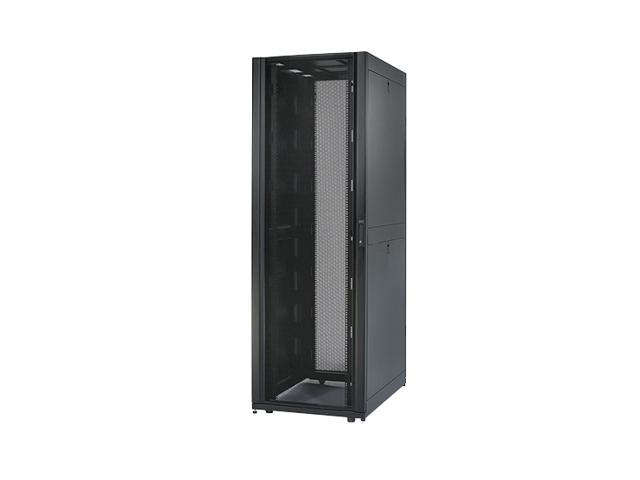Nonlinear Optical Systems: Principles, Phenomena, and Advanced Signal Processingis a simplified overview of the evolution of technology associated with nonlinear systems and advanced signal processing. This book''s coverage ranges from fundamentals to phenomena to the most cutting-edge aspects of systems for next-generation biomedical monitoring and nonlinear optical transmission.
The authors address how these systems are applied through photonic signal processing in contemporary optical systems for communications and/or laser systems. They include a concise but sufficient explanation of mathematical representation of nonlinear equations to provide insight into nonlinear dynamics at different phases. The book also describes advanced aspects of solitons and bound solitons for passive- and active-mode locked fiber lasers, in which higher-order differential equations can be employed to represent the dynamics of amplitude evolution in the current or voltages of lightwaves in such systems.
Covering a wide range of topics, this book:
- Introduces nonlinear systems and some mathematical representations, particularly the routes to chaos and bifurcation
- Describes nonlinear fiber lightwave lasing systems
- Covers nonlinear phenomena in fiber lasers, including both passive and active energy storage cavities
- Experimentally and theoretically demonstrates soliton pulses, in which lightwaves are the carrier under their envelopes
- Assembles and demonstrates sequences of both single and multiple solitons in a group and then assesses their dynamics in detail
- Examines the evolution of bound solitons, which are transmitted through single-mode optical fibers that compose a phase variation system
This text outlines the theory and techniques used in nonlinear physics and applications for physical systems. It also illustrates the use of MATLAB®and Simulink®computer models and processing techniques for nonlinear signals. Building on readers'' newly acquired fundamental understanding of nonlinear systems and associated signal processing, the book then demonstrates the use of such applications in real-world, practical environments.















